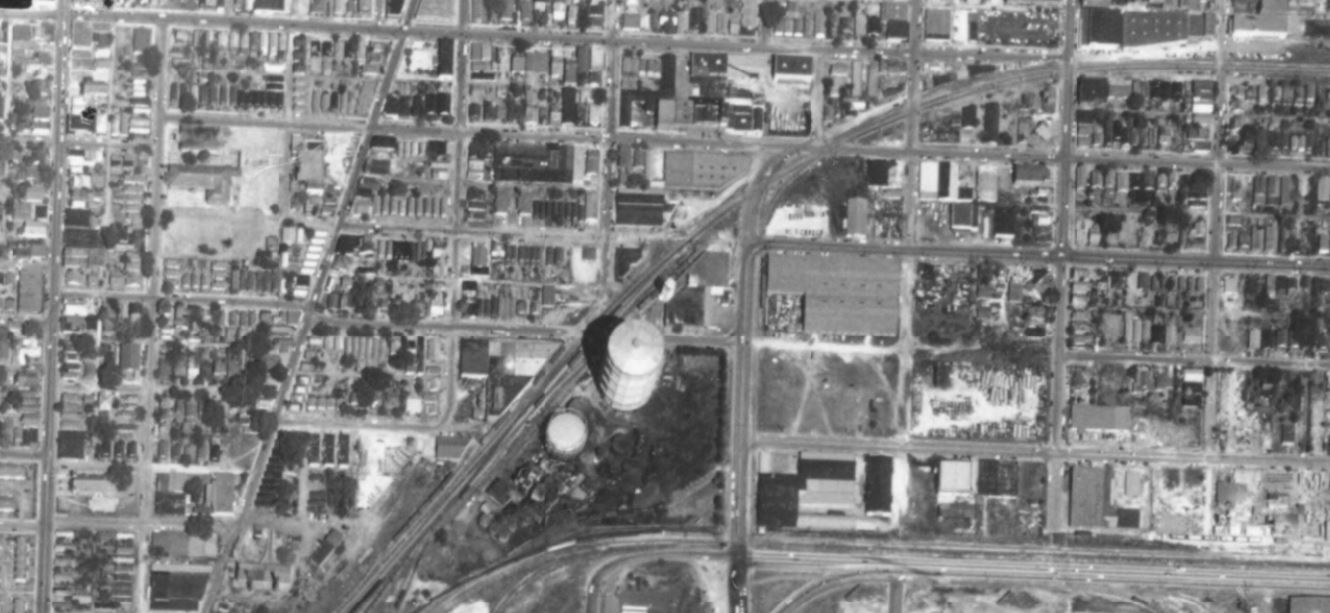
Our History and Future
It’s not often that a development stands for something bigger than the brick-and-mortar of its facades.
Gasworx is a living testament to Tampa's past, a bridge between the echoes of Ybor City's storied legacy and the promise of a welcoming future. At the heart of this culturally rich district, Gasworx is a tribute to the resilience, innovation, and diversity that have shaped Tampa's identity.
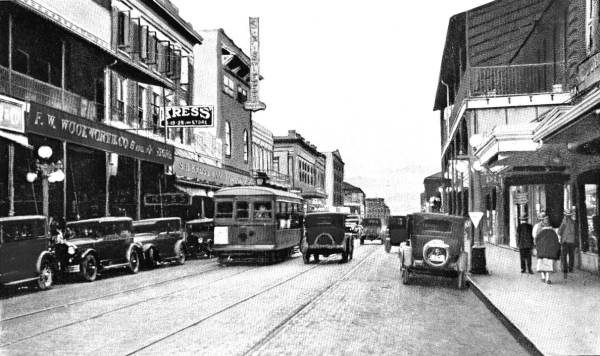
1885
The founding of Ybor City
Visionary businessman Vicente Martinez-Ybor founded Ybor City, transforming a once-quiet area into a bustling hub for immigrants from Cuba, Spain, Italy, and other parts of the world. This laid the groundwork for Tampa's unique cultural melting pot. Ybor City is now a National Historic Landmark District, known for its architectural splendor and culture.
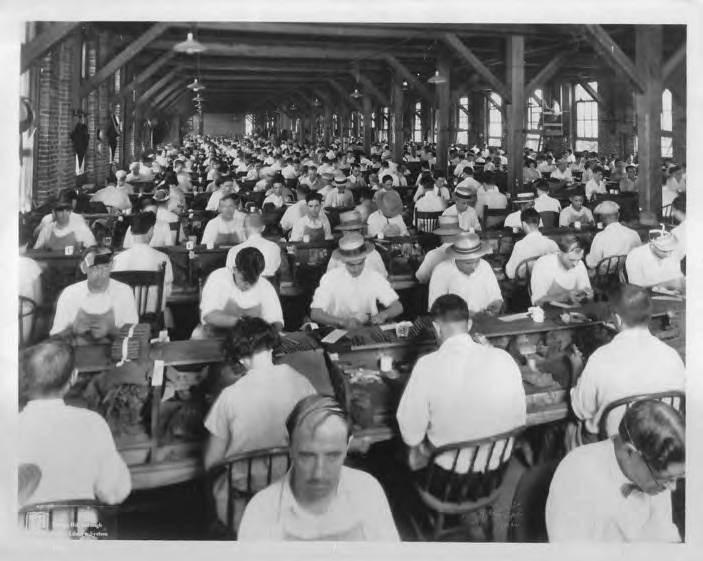
1886
The Rise of “Cigar City”
The Sanchez y Haya cigar factory rolled its first cigar on April 13th, 1886, starting Tampa's "Cigar City" era. The rhythmic hum of cigar rollers and the aroma of tobacco leaves became a staple of Ybor City. This booming industry drew entrepreneurs and skilled workers from across the globe. At its peak, more than two hundred cigar factories were producing over a million cigars a day in Tampa, Fl.
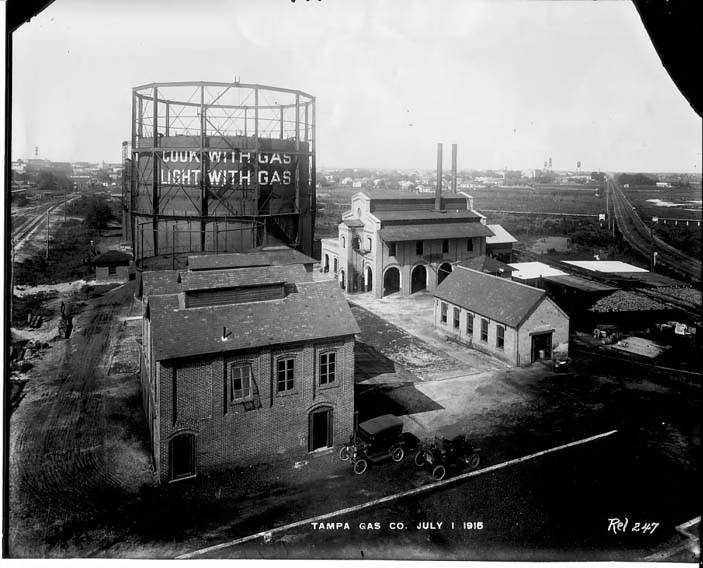
1895
Tampa Gas Company
Gaslight illuminated the city as the Tampa Gas Company began operations. Co-founded by Edward Manrara, a business partner of Vicente Martinez-Ybor, the company's imposing gas tank stood as a testament to their ambition, linking the current Gasworx site to the city's innovative heritage.
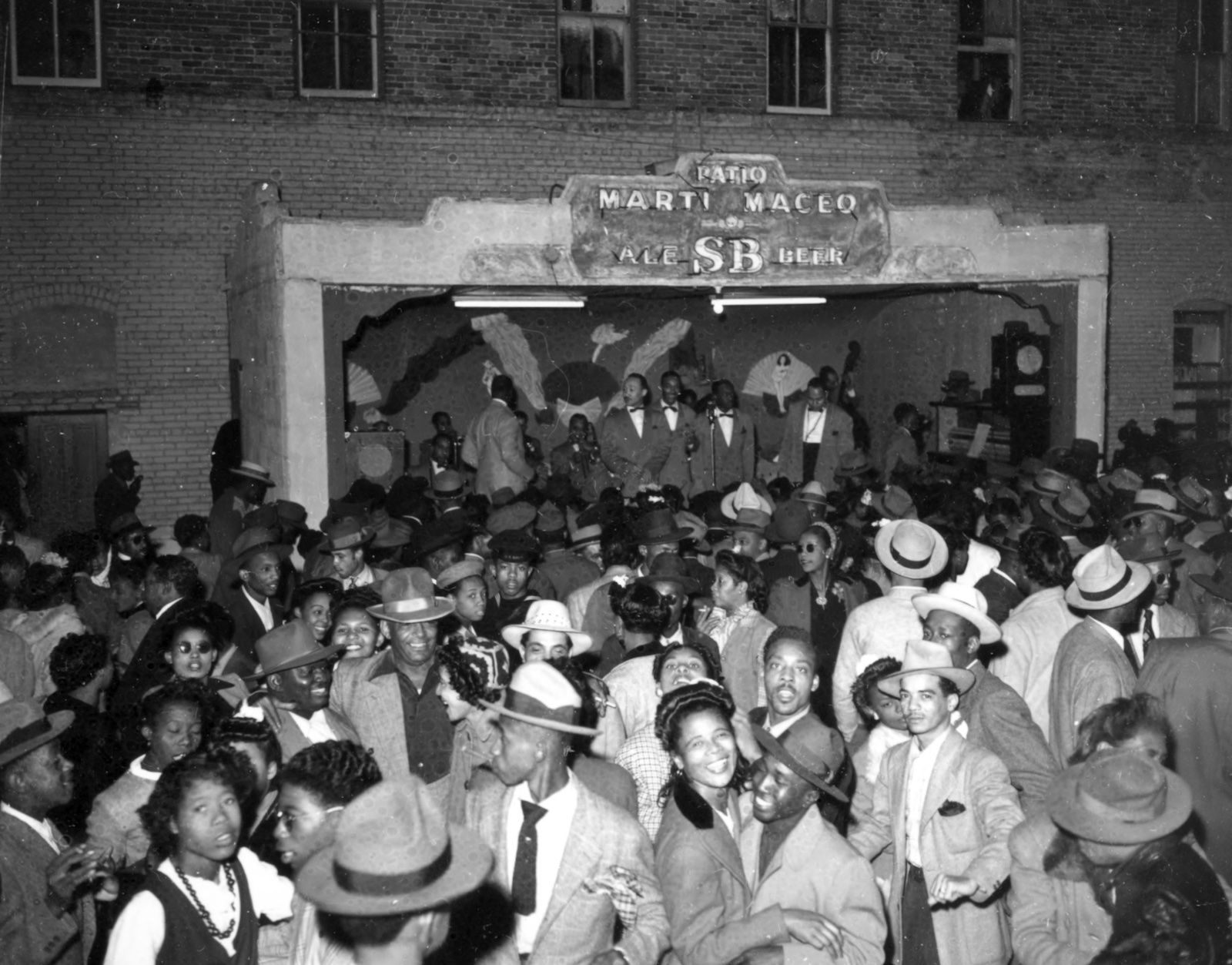
1905
Afro-Cuban Legacy
In 1905, the Afro-Cuban community, inspired by the Cuban War of Independence, established the social and cultural club La Union Marti-Maceo, named after two revered Cuban liberation fighters. This organization provided a vital space for gatherings, cultural celebrations, and mutual aid, creating a sense of belonging during a time of segregation. Currently, the contemporary residential homes, La Union, sit at the club's original location.
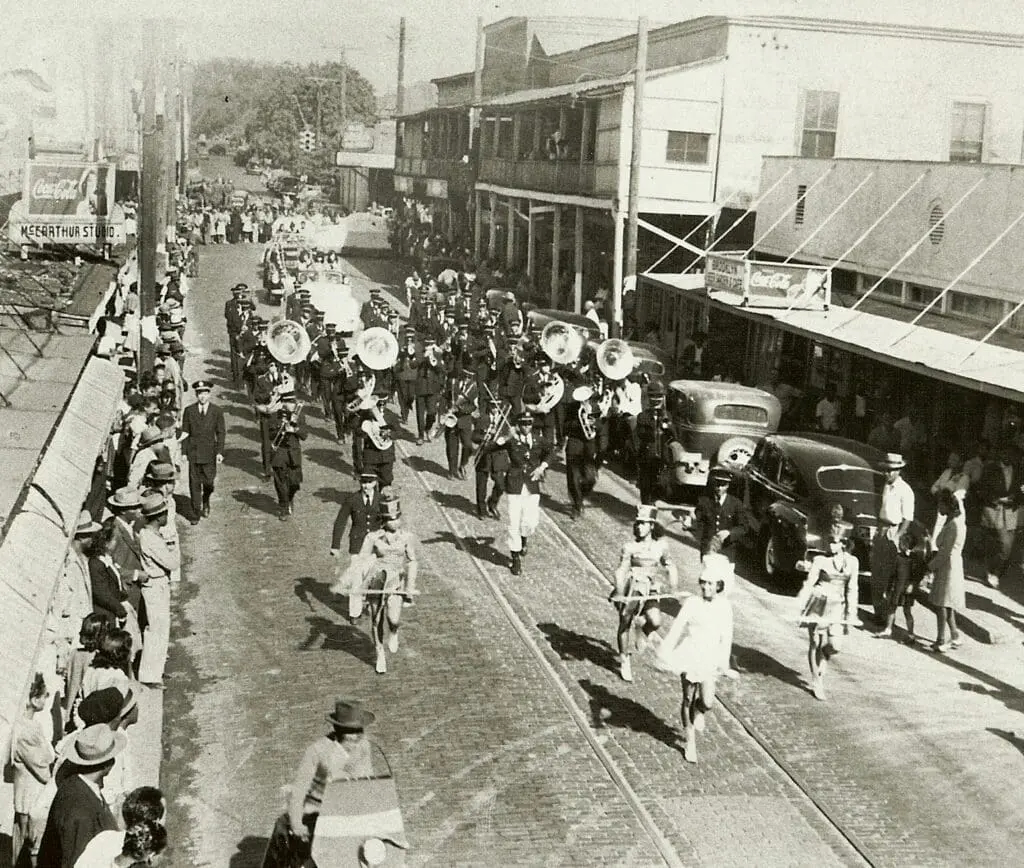
1940s
African American Legacy
African Americans, many with roots in the historic "Scrub" neighborhood, formed a vital part of the community. This included the bustling Central Avenue business district, in addition to West Tampa, and Ybor City. Their presence dates back to the end of the Civil War, when newly freed Black individuals sought to create their own spaces and institutions, and were able to do so in Ybor City.
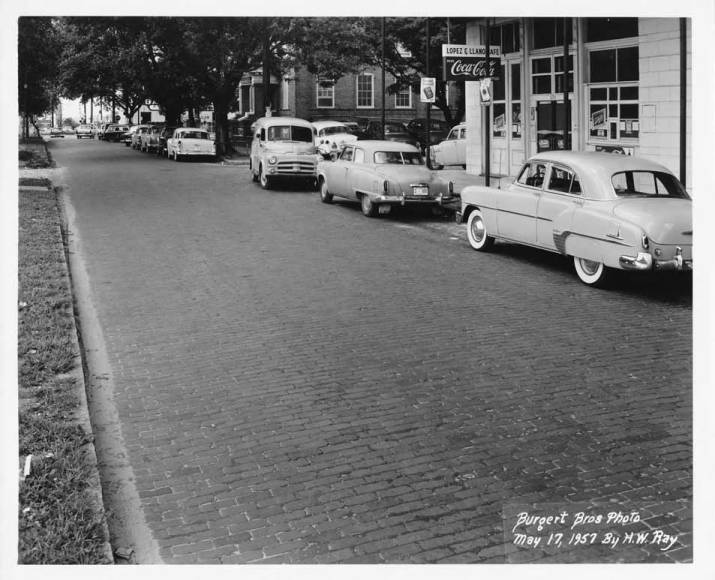
1950s
The Fall of “Cigar City”
The cigar industry faced challenges in the latter half of the century, with the rise of automation and changing consumer habits. Many factories closed their doors, leaving empty buildings and a sense of loss. Yet, the spirit of the cigar industry lived on in Ybor City's landmarks.
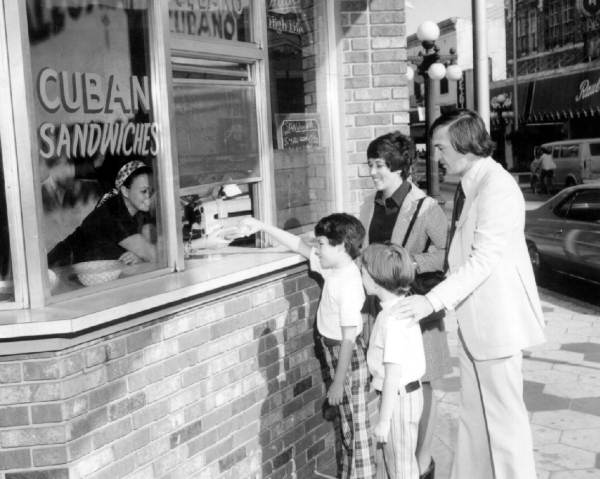
1970s
Revitalization of Ybor City
The 1970s sparked new life into Ybor City after several empty years. With momentous occasions like the founding of Ybor Square, a rehabilitated factory turned marketplace and the inaugural Illuminated Knight Parade, a lively celebration of Tampa’s Latin heritage a turning point was created in the cultural landscape of the neighborhood. This paved the way for future events like the current-day monthly market, Ybor City Cigar Festival and the Pride Parade.
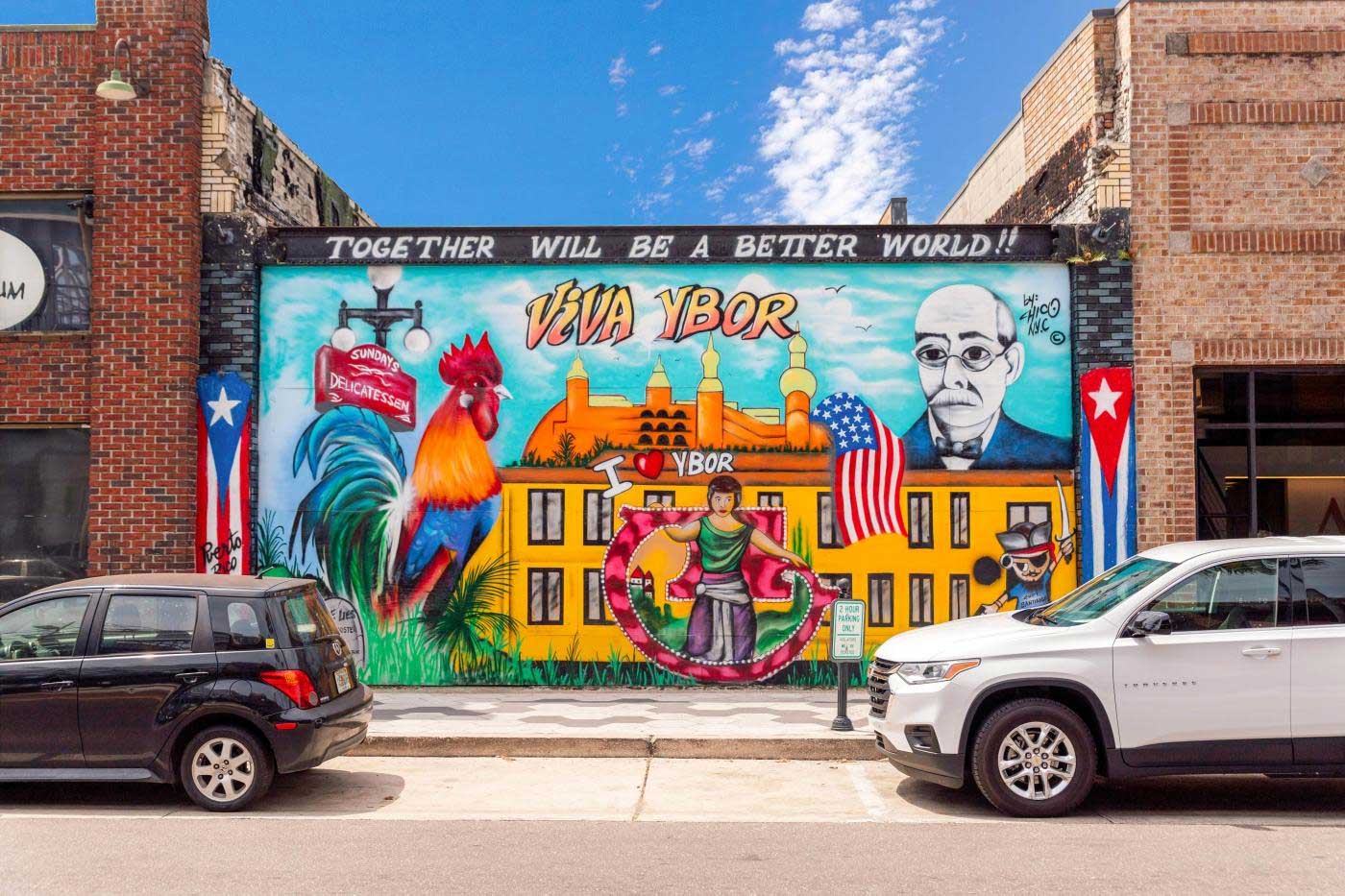
1980s - Today
Artistic Renaissance
Ybor City experiences an artistic awakening, with murals adorning historic buildings and a growing presence of artists, musicians, and small businesses. Today, visitors and residents can explore a growing art scene and discover the area's rich cultural heritage through various exhibits and displays.
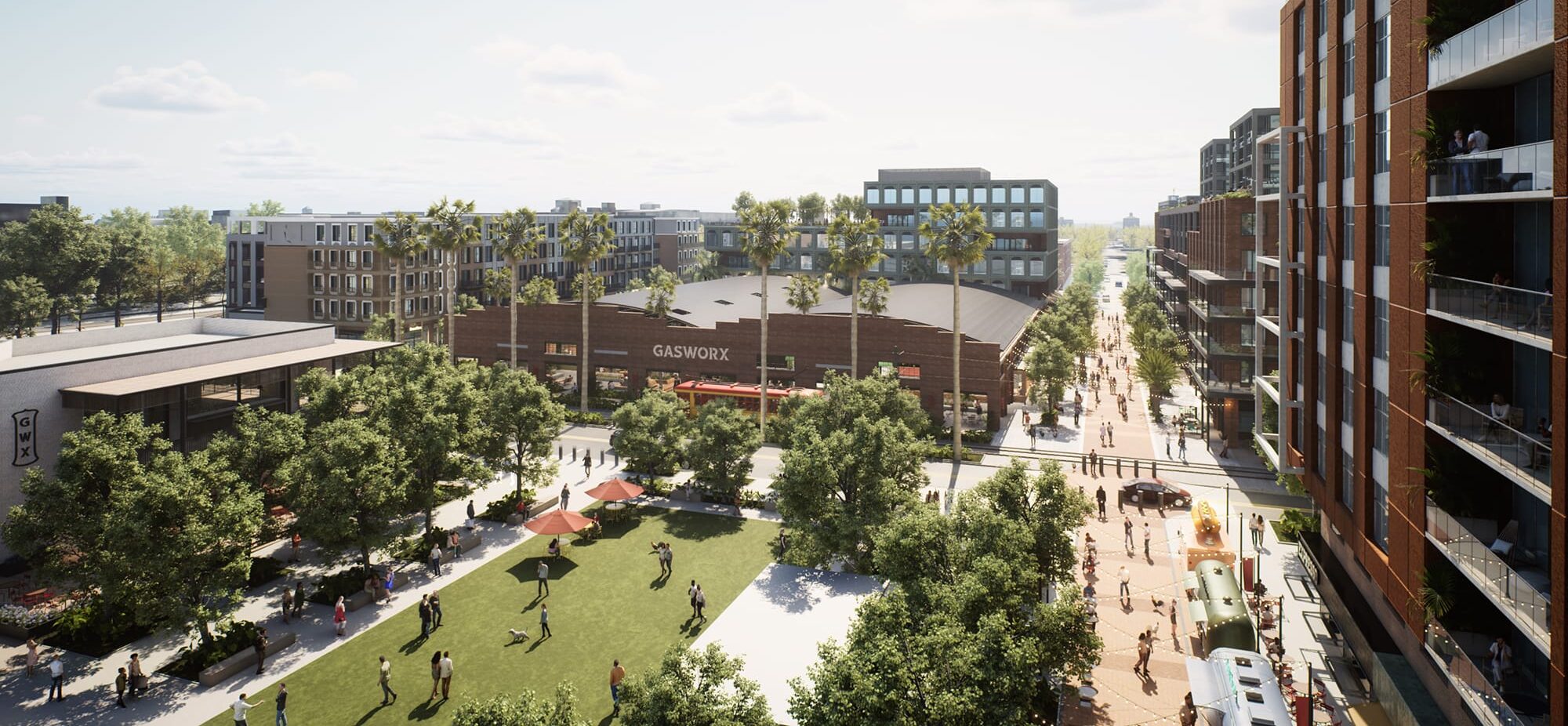
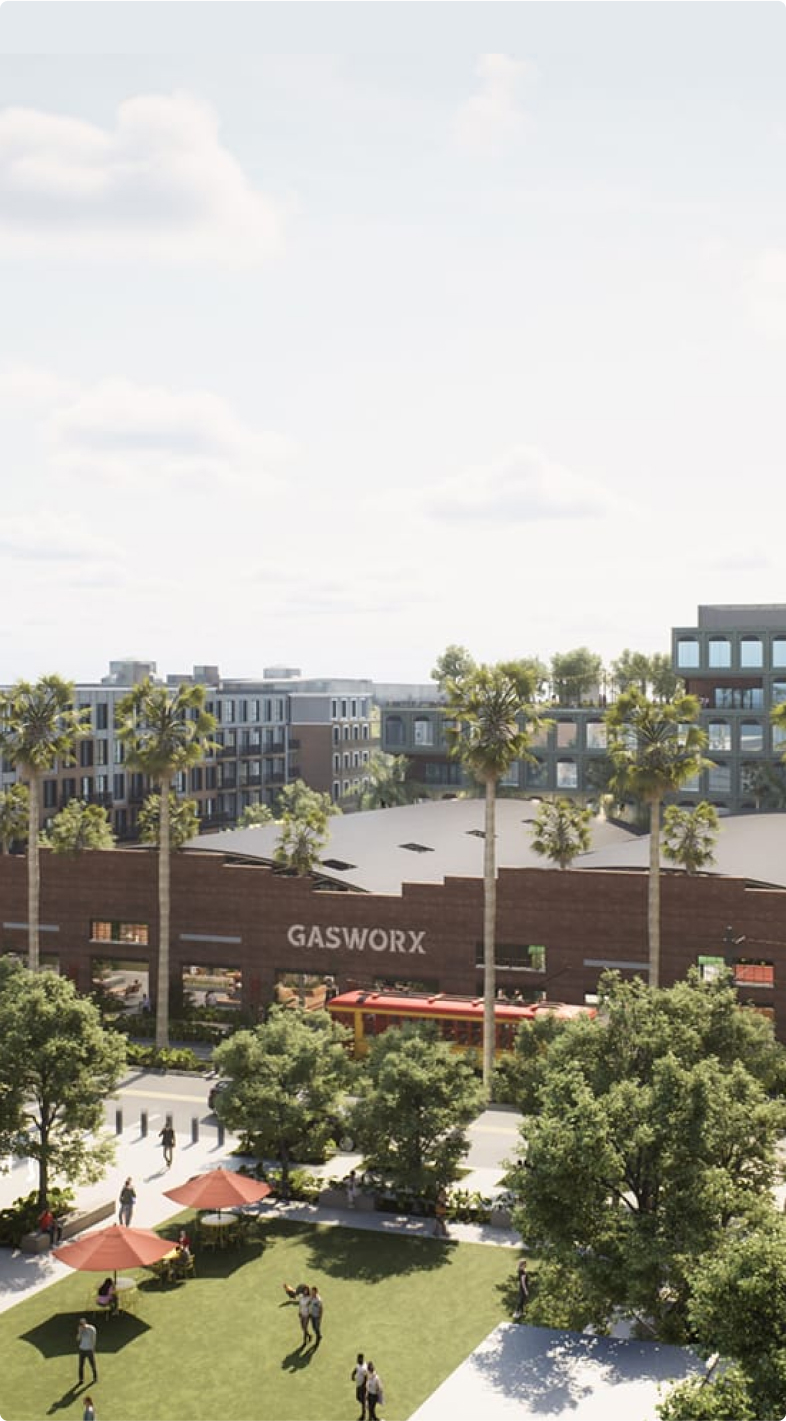
Tomorrow
A Promising Future
Gasworx represents more than just a new development; it's a testament to Tampa's ability to reinvent itself while honoring its roots. By weaving together threads of history, culture, and community, Gasworx is creating a space where the past inspires the present and shapes a promising future.